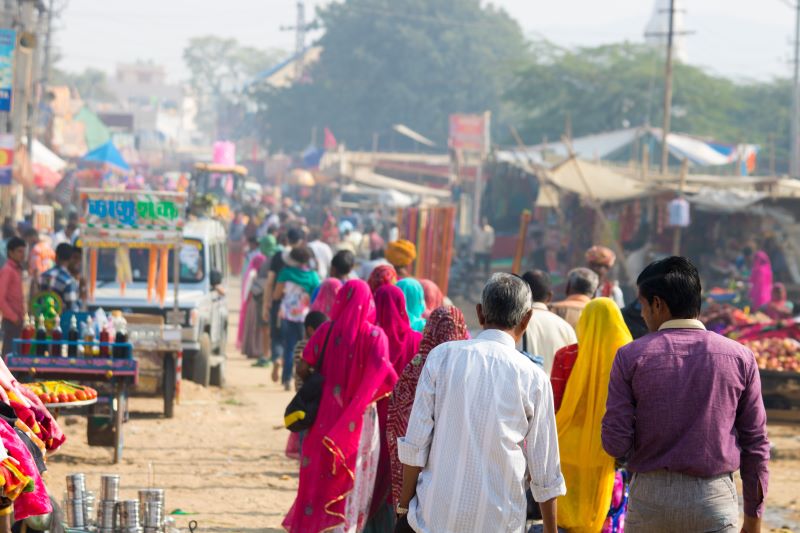Poor nutrition undermines health, education outcomes, and other measures of wellbeing. Figuring out who is undernourished and why is an essential first step in addressing the problem. But data on individual nutritional status are difficult to come by, so nutrition interventions are usually targeted based on measures of household welfare because poor people often have poor health and nutritional outcomes. However, the causes of undernutrition are complex and can include many factors beyond household wealth, from individual biological needs to geographic factors and even population history. At the same time, household-level welfare and individual nutritional outcomes do not always track with each other.
In a new paper (with co-authors Jean Lee and Anaise Williams), we ask to what extent nutritional outcomes within households are unequal, and what household- or community-level factors are associated with undernutrition in both adults and children. These questions help us better understand who the undernourished are and in what types of households and communities to find them.
Using nationally representative Demographic and Health Survey (DHS) data from across South Asia, we uncover several novel aspects to the relationship between nutritional outcomes and welfare. Consistent with the previous literature, we find that most undernourished individuals do not reside in wealth-poor households. Interestingly, the relationship between wealth and undernutrition is weakest among the richer countries in our sample. Further, while nutritional differences within households appear to stem from age and gender, we also find evidence of first born and son preferences, particularly among the poorer countries. Female education and household-level infrastructure (such as improved toilets, electricity, and kitchen facilities) predict nutritional outcomes as well as wealth—but only in the poorer countries in our sample.
Importantly, while previous studies have suggested that intra-household inequality is the best predictor of undernourishment, we show that in fact between-household inequality is at least as important. Indeed, inequality between households represents more than half of total inequality in nutritional outcomes. We also find that most variation in nutritional status occurs within communities, rather than between them. Taken together, these findings suggest that wealth is not a sufficient indicator of nutritional status on its own, and that targeting nutrition interventions on household welfare is likely to miss many of the undernourished.
Given this complex relationship between nutrition and household- and community-level welfare, how can policymakers target nutrition policy to correctly identify most of the undernourished? This is the last question we turn to.
To compare targeting metrics, we look at inclusion and exclusion errors. In other words, we assess the share of people the targeting metric identifies as undernourished but that are in fact not undernourished, and the share that it does not identify as undernourished but that are in fact undernourished. We look at a range of targeting metrics, such as wealth and infrastructure, as well as different targeting levels (individual, household, and community). Some simple categorical targeting methods—particularly those based on sanitation access and age—have lower error rates than household wealth. All other targeting methods considered perform no better than household wealth.
Even more striking is that all targeting methods show very large error rates: most undernourished individuals are excluded, and most of those included are not undernourished. While some nutrition interventions are now provided universally—the Indian Integrated Child Development Scheme and Mid-Day Meal Scheme being among the best known examples—many continue to be targeted to a subset of households. In contrast, the evidence we present raises a fundamental question as to whether nutrition policy should at all be targeted in the first place.
CGD blog posts reflect the views of the authors, drawing on prior research and experience in their areas of expertise.
CGD is a nonpartisan, independent organization and does not take institutional positions.





